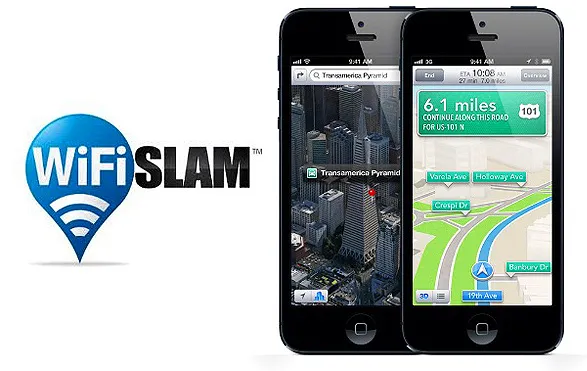
Apple Maps Will Go Indoor?
![]()
Is Apple planning to launch indoor navigation? It will most likely happen in a couple of months as the Wall Street Journal reports that Apple has acquired WiFiSlam, an indoor GPS startup. WiFiSlam is Silicon Valley company founded by a few ex-Googlers a couple of years back. They created a technology to track indoor location in real-time with 2.5m accuracy using only ambient Wi-Fi signals that are already present in buildings.
But WiFiSlam could be interesting for Apple not only because of their WiFi positioning technology. We all know that indoor location-based services are a hot topic from some time already and every tech university and R&D departments of major companies are working to make it usable. With no significant success… WiFiSlam is known from building location-based apps that range from step-by-step indoor navigation and product-level retail customer engagement, to proximity-based social networking… And Apple needs success in indoor mapping more than anything to cover its terrible beginning with maps last year.
Apple did not disclose the details of the deal but WSJ reports that it cost Cupertino around $20 mln. Will it be worth the money? I hope so. Until maps everything that Apple created had amazing user experience… Maybe together with WiFiSlam Apple will be able to create something great again.





